Summary
To detach xPortalNet database from SQL Server.
Step-by-step Guide:
To detach xPortalNet database from SQL Server:
Step 1: To close xPortalNet Server & Client if any of the software instances are still running.
Step 2: Right-click the xPortalNet Service icon, click Stop. Wait for the pop-up message indicating that the xPortalNet Service has been stopped.
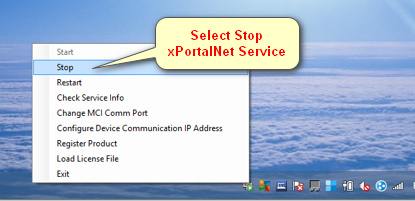
Figure 1: Right-click xPortalNet Service Icon and click Stop

Figure 2: xPortalNet Service Stopped Pop-up Message
Step 3: Open SQL Server Management Studio on desktop.
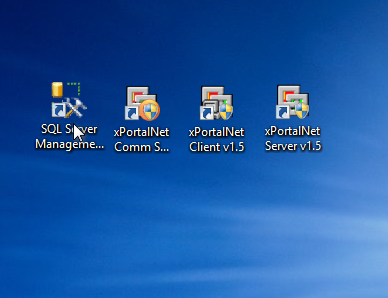
Figure 3: SQL Server Management Studio Icon
Step 4: The Connect to Server window will be shown. Click Connect to continue.
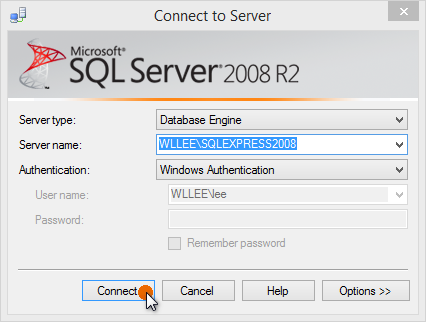
Figure 4: Connect to Server Window
Step 5: Under the Object Explorer window, expand the Databases folder.
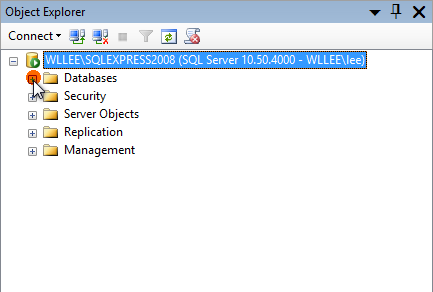
Figure 5: Databases Folder under the Object Explorer Window
Step 6: A drop down list of components inside the Databases folder will be shown as below. The XPNDB and XPNTR components will be visible after expanding the Databases folder.
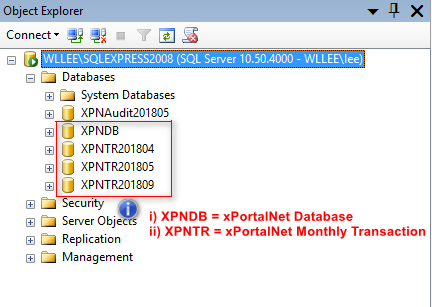
Figure 6: Components inside the Databases Folder
Step 7: To detach the XPNDB component, right-click the XPNDB > Tasks > Detach.
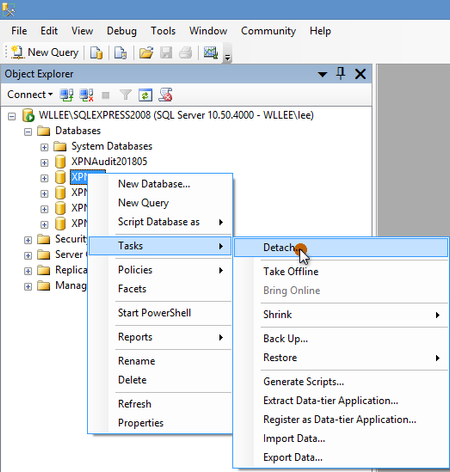
Figure 7: To Detach XPNDB Component
Step 8: The Detach Database window will be shown. Check both Drop Connections and Update Statistics checkboxes and click OK to continue.
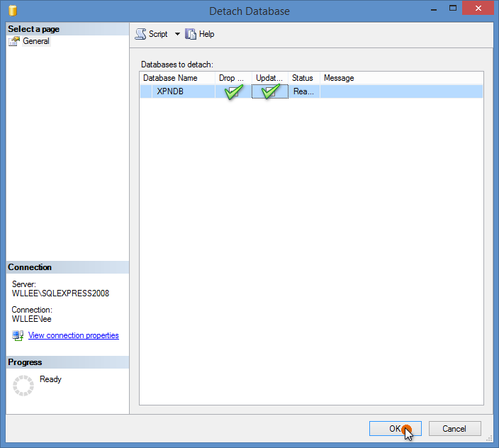
Figure 8: Detach Database Window
Step 9: The window will automatically be closed after the selected database is successfully detached.
Step 10: The XPNDB database will no longer be shown in the Databases folder.
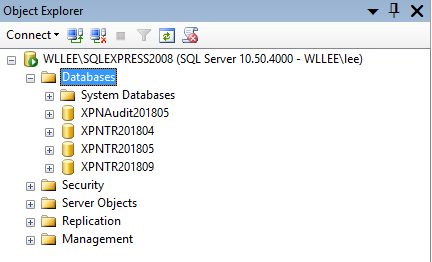
Figure 9: The XPNDB Component is No Longer Shown
Step 11: To completely delete / move the xPortalNet database, repeat steps 7 to 9 to detach all remaining databases such as XPNDB, XPNTR, and XPNAudit.
Step 12: Users may safely delete / move the physical databases after detaching the databases from the SQL Server Database.








